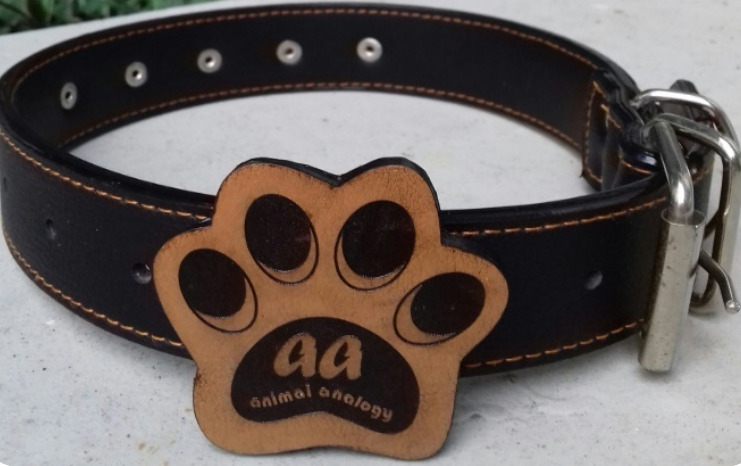
Students of Universitas Gadjah Mada have developed a device to identify and display animal medical record. This idea was initiated by the difficulty of animal clinics in identifying each animal for inpatient care.
“Our product is an animal neck strap that comes with Radio Frequency Identification. Some components that are used include Arduino and RFID reader module as detector, and visual studio application to display the medical record,” said the developer team leader, Rafika Nur Azizah.
Rafika developed the device along with four other students, Rani Rismayani and Tanatsa Fahma Al-Husna from Diploma 3 of Medical Record, Avita Putri W. from Veterinary Medicine, and Aditya Bagus K. from Physics Engineering, under the guidance of Savitri Citra Budi, S.K.M., M.P.H.
The innovation named as Animal Accessories Technology, shortened to Animal Anology, was developed by utilizing grants from Student Creativity Program for Technology Application (PKM-T) 2018. According to the students, the device is a breakthrough in animal medical record because there has been no similar device.
“Animal Anology facilitates veterinarians in examining animal medical information. This method is easier than using the database of each animal. Moreover, information on vaccination and medication is displayed to simplify next treatment,” added Rani Rismayani.
She explained that RFID in the device is an identification method by using RFID labels as the medium for storing and retrieving remote data. RFID constitutes of a chip equipped with an antenna on RFID tags so it can remotely retrieve data.
To display the medical data, health practitioners simply bring the RFID tags attached to the neck straps close to RFID reader, and the record will appear automatically.
“Animal health practitioners can modify and save data as well, but the previous medical record will remain. It facilitates them in examining the animal’s medical history to identify the allergies and previous medication.”
Until now, Animal Anology has been used for cats and dogs and it receives positive responses from animal clinic partners and animal owners. Therefore, the device is potential to be used and further developed as needed. It is expected to assist animal health service providers in Indonesia.
“The product brings several advantages to animal health practitioners, namely storage efficiency, minimalizing incomplete medical data input, and the interesting shape. We also interviewed animal owners and they admitted that the device was also beneficial for them,” said Rani.

